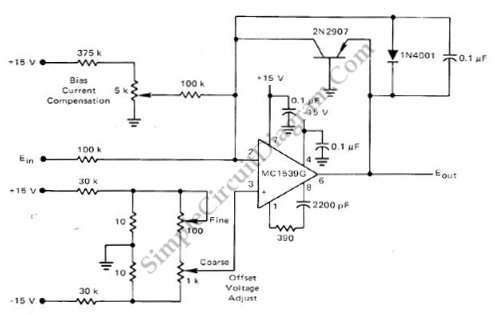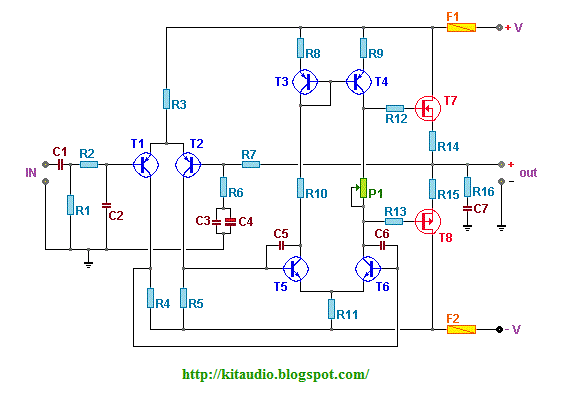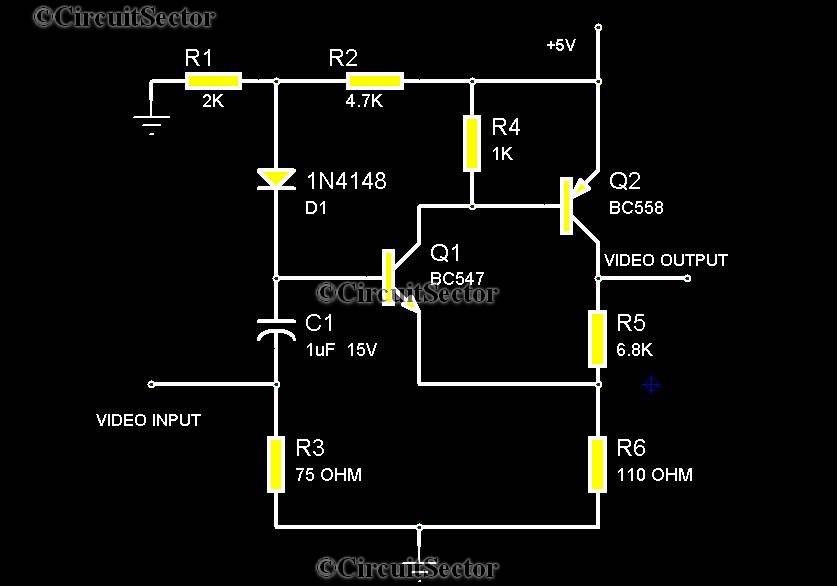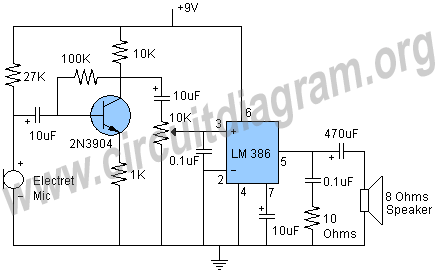
S1L9251X Cd-rom 48x Rf Amp Semiconductor
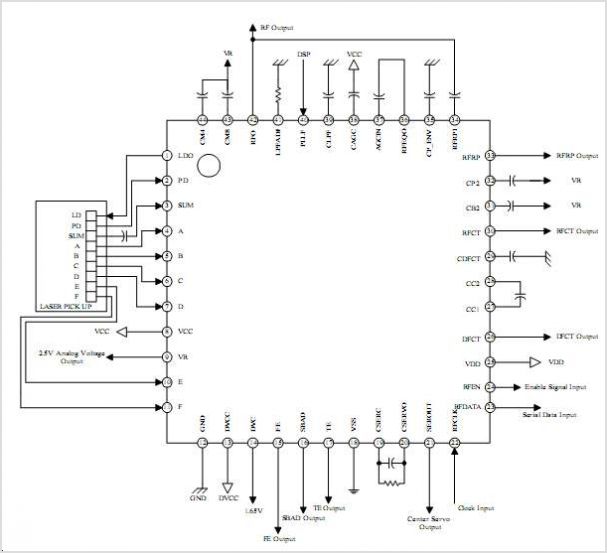
The SA1021 integrated radio receiver circuit is designed for portable radios, supporting both stereo and mono output while emphasizing minimal peripheral components for compact size and low cost. It is fully compatible with applications utilizing the low-voltage micro tuning system (MTS). The integrated circuit features a frequency-locked loop (FLL) system with an intermediate frequency of 76 kHz. Selectivity is achieved using active RC filters. The only adjustable parameter is the resonant frequency of the oscillator. Interstation noise and noise from weak signal reception are mitigated by a correlation mute system. Special measures have been implemented to comply with local oscillator radiation standards. Due to the low intermediate frequency, low-pass filtering of the MUX signal is necessary to minimize noise during stereo reception. A 50 kHz roll-off compensation is executed by the integrated low-frequency amplifier, which can also directly drive an earphone in mono applications. Additionally, a field-strength detector allows for field-strength-dependent channel separation control.
The SA1021 integrated radio receiver circuit is a versatile solution for portable audio applications, integrating advanced features to ensure high performance and low noise levels. The circuit operates effectively within the FM band, making it suitable for various radio frequencies while maintaining compactness. The frequency-locked loop (FLL) architecture allows for stable signal processing, which is critical for achieving high fidelity in audio output.
The active RC filters employed in the design enhance selectivity, ensuring that the receiver can distinguish between closely spaced frequencies, which is essential for clear reception in environments with multiple signals. The correlation mute system significantly reduces unwanted noise during silent intervals between stations, improving user experience by providing a cleaner audio output.
The design incorporates robust measures to prevent local oscillator radiation, which is crucial in maintaining compliance with regulatory standards and minimizing interference with other electronic devices. The low-pass filtering of the MUX signal is specifically tailored to address the challenges presented by the low intermediate frequency, ensuring that stereo reception remains clear and free from artifacts.
The integrated low-frequency amplifier not only facilitates mono audio output but also enhances the versatility of the receiver by allowing direct earphone connection, making it suitable for personal listening applications. The inclusion of a field-strength detector further optimizes performance by enabling dynamic adjustment of channel separation based on signal strength, ensuring that users receive the best possible audio quality regardless of their environment.
In summary, the SA1021 integrated radio receiver circuit is engineered for efficiency and performance, making it an ideal choice for modern portable radio applications. Its thoughtful design balances size, cost, and functionality, catering to the needs of both manufacturers and end-users in the audio electronics market.O The SA1021 integrated Radio receiver circuit is for portable Radios stereo as well as mono, where a minimum of periphery is important in terms of small dimensions and low cost. It is fully compatible for applications using the low-voltage micro tuning system (MTS). The IC has a frequency locked loop (FLL) system with an intermediate frequency of 76kHz. The selectivity is obtained by active RC fi lters. The only function to be tuned is the resonant frequency of the Oscillator Interstation noise as well as noise from receiving weak signals is reduced by a correlation mute system. Special precautions have been taken to meet local Oscillator radiation requirements. Because of the low intermediate frequency, low pass filtering of the MUX signal is required to avoid noise when receiving stereo.
50kHz roll-off compensation, needed because of the low pass characteristic of the FLL, is performed by the integrated LF Amplifier For mono application this Amplifier CAN be used to directly drive an earphone. The field-strength detector enables field-strength dependent channel separation control. By Silan 🔗 External reference
The SA1021 integrated radio receiver circuit is a versatile solution for portable audio applications, integrating advanced features to ensure high performance and low noise levels. The circuit operates effectively within the FM band, making it suitable for various radio frequencies while maintaining compactness. The frequency-locked loop (FLL) architecture allows for stable signal processing, which is critical for achieving high fidelity in audio output.
The active RC filters employed in the design enhance selectivity, ensuring that the receiver can distinguish between closely spaced frequencies, which is essential for clear reception in environments with multiple signals. The correlation mute system significantly reduces unwanted noise during silent intervals between stations, improving user experience by providing a cleaner audio output.
The design incorporates robust measures to prevent local oscillator radiation, which is crucial in maintaining compliance with regulatory standards and minimizing interference with other electronic devices. The low-pass filtering of the MUX signal is specifically tailored to address the challenges presented by the low intermediate frequency, ensuring that stereo reception remains clear and free from artifacts.
The integrated low-frequency amplifier not only facilitates mono audio output but also enhances the versatility of the receiver by allowing direct earphone connection, making it suitable for personal listening applications. The inclusion of a field-strength detector further optimizes performance by enabling dynamic adjustment of channel separation based on signal strength, ensuring that users receive the best possible audio quality regardless of their environment.
In summary, the SA1021 integrated radio receiver circuit is engineered for efficiency and performance, making it an ideal choice for modern portable radio applications. Its thoughtful design balances size, cost, and functionality, catering to the needs of both manufacturers and end-users in the audio electronics market.O The SA1021 integrated Radio receiver circuit is for portable Radios stereo as well as mono, where a minimum of periphery is important in terms of small dimensions and low cost. It is fully compatible for applications using the low-voltage micro tuning system (MTS). The IC has a frequency locked loop (FLL) system with an intermediate frequency of 76kHz. The selectivity is obtained by active RC fi lters. The only function to be tuned is the resonant frequency of the Oscillator Interstation noise as well as noise from receiving weak signals is reduced by a correlation mute system. Special precautions have been taken to meet local Oscillator radiation requirements. Because of the low intermediate frequency, low pass filtering of the MUX signal is required to avoid noise when receiving stereo.
50kHz roll-off compensation, needed because of the low pass characteristic of the FLL, is performed by the integrated LF Amplifier For mono application this Amplifier CAN be used to directly drive an earphone. The field-strength detector enables field-strength dependent channel separation control. By Silan 🔗 External reference

